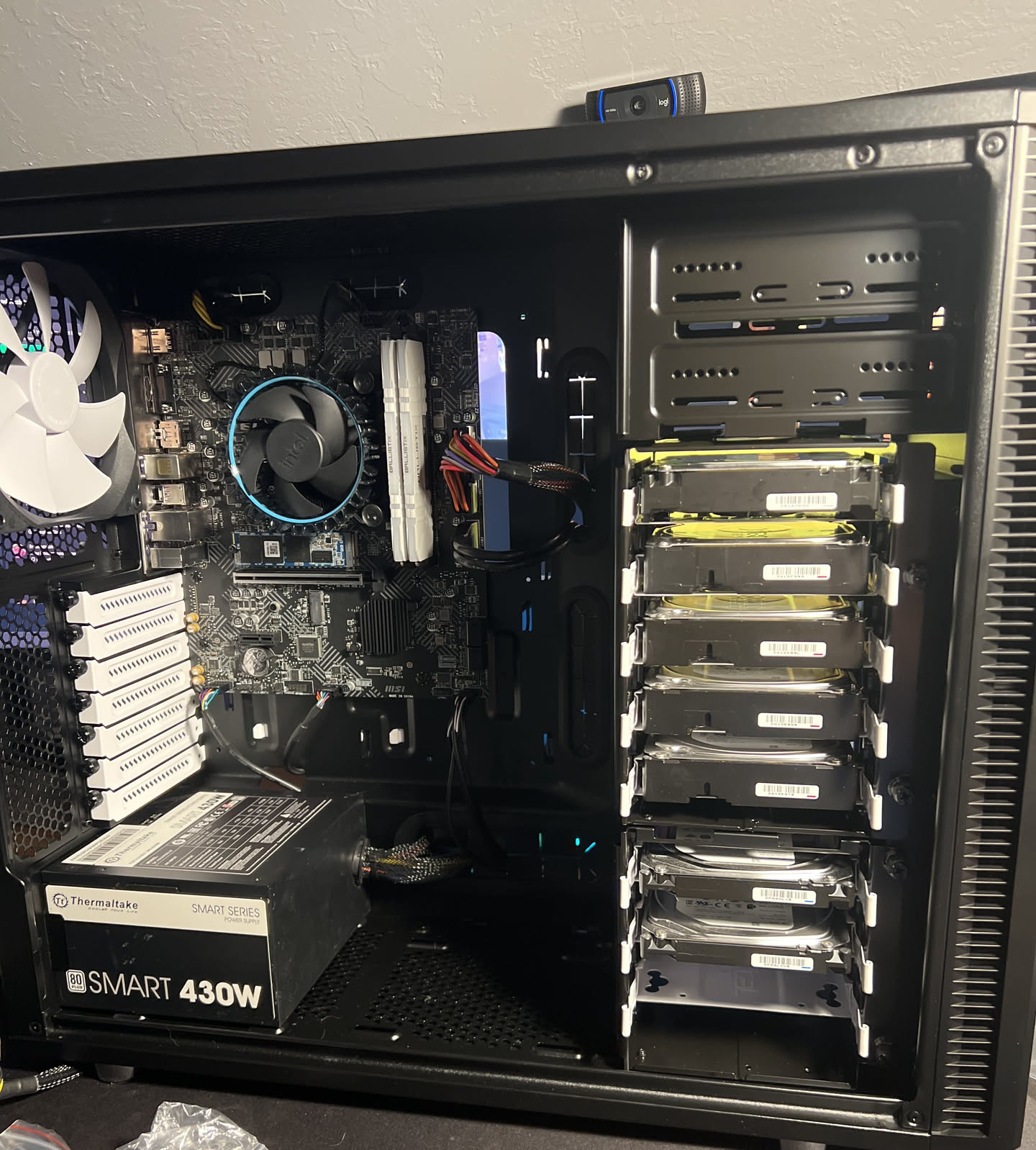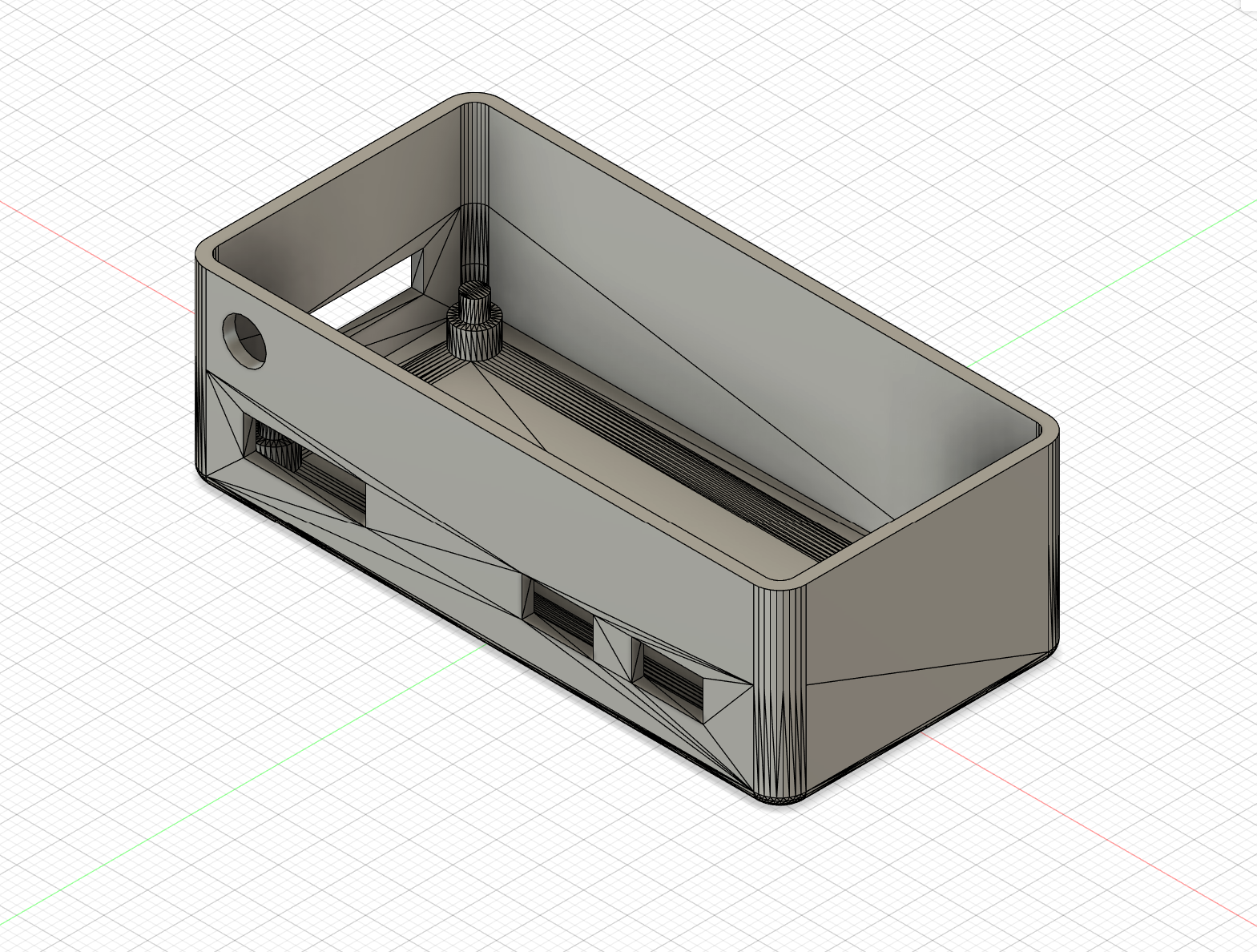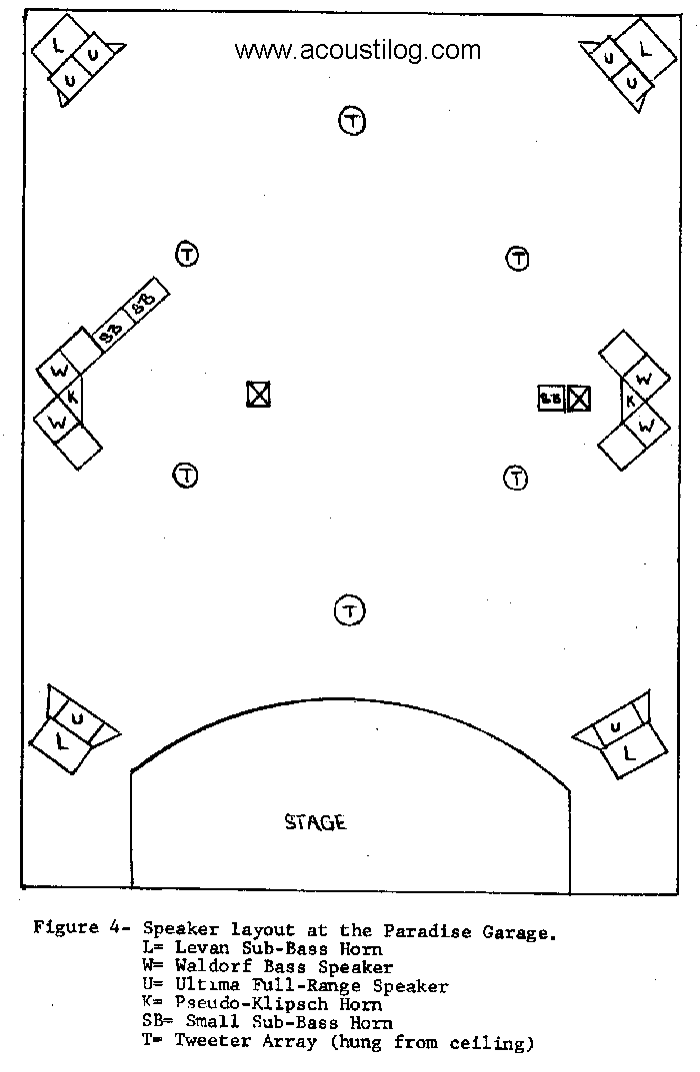Home > DIY Multi-Room Home Audio System
I'm a bit obsessive about audio quality and have accrued a lot of speakers
and equipment over the years. My most recent addition includes a 5.2
surround receiver and two surround speakers, which ended up freeing an
existing amplifier and speakers. I wanted to use them all together so that
wherever you are in the house, the sound is clear and balanced. I was
inspired by legendary club sound systems like Paradise Garage and by
visiting Nowadays club in New York, where speakers are placed
strategically around the room for even coverage. The initial idea for this
project came from my roommate: we wanted to be able to walk around the
house and listen to music without having to swith which speaker or device
was playing. I decided to build a custom system that streams Spotify to
multiple rooms at once.
How It Works

Over the past few years, I've learned a lot tinkering with my home
server, and I’ve also realized just how much amazing open-source
software exists. When I started looking for ways to make this multi-room
system, Snapcast immediately caught my attention. It works using a
snapserver that distributes the audio signal and
snapclients that receive the audio over Wi-Fi and play
it back. I already had a server running 24/7 for my other services, so
it made sense to use it as the snapserver. I spun up a Docker container
for it, configured my audio sources, and got it up and running.

For the clients, I went with Raspberry Pis. My home server hobby
actually started with a Pi years ago, and I like keeping power
consumption low, so they were perfect. I imaged some micro SD cards with
Pi OS and SSH’d into each one to install and configure the snapclient
software. Each room now has a Raspberry Pi with a DAC that I soldered on
for better audio quality, as the Raspberry Pis I was using only have
micro-USB output. To house everything neatly, I designed and 3D-printed
custom cases. I went through several iterations, testing the fit to make
sure the DACs and boards were secure and nothing would come loose.
The Pis connect over Wi-Fi, which means when playing from snapserver the
music plays from every source at once. Snapcast keeps everything in sync
and accounts for delay, so there’s no lag or echo between rooms. The
system uses
Librespot to stream music straight from Spotify, which
lets us control playback directly from the Spotify app on our phones.
Later on I also started experimenting with the Snapcast configuration to
eventually allow automatic switching between Spotify Connect and AirPlay.
The Inspiration

A big part of this project was inspired by my love for high-quality
sound and legendary club systems. Clubs like Paradise Garage didn’t just
put speakers in a room but designed the space around the sound. I wanted
to bring a little bit of that philosophy into my own home. Combining
that inspiration with research I recently did concerning distributed systems and low-level
programming made this project really fun: managing synchronized audio
over Wi-Fi reminded me of working with Linux sockets, and ensuring
everything stayed in sync was reminiscent of a small-scale distributed
system.
Final Thoughts
The system is now fully functional, streaming Spotify throughout the house
with clean, balanced sound. I'm always looking for projects to combine
hardware, software, and design and it’s been a lot of fun refining it
along the way. There’s still room to experiment with getting the volume
levels synchronized between rooms and other tweaks, but for now its been
very useful.


